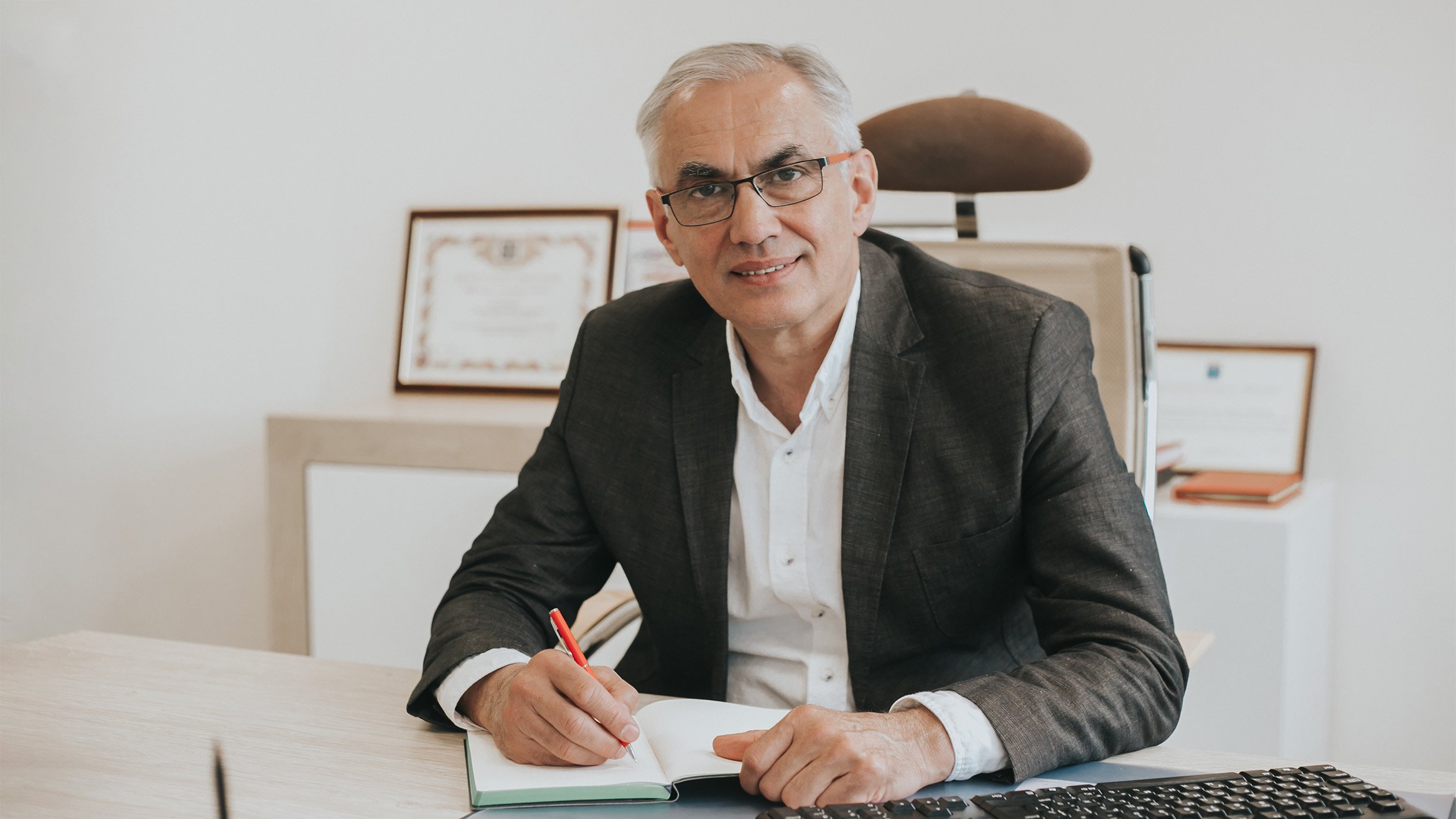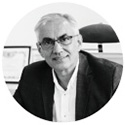On the island of Kizhi in Europe’s second biggest lake, Onega, stand some centuries-old monuments to timber traditions. The island’s picturesque wooden churches, topped with their distinctive Orthodox domes and protected by UNESCO World Heritage status, were constructed from timber harvested from the vast forests of the region, and without the use of nails. Legend has it that the master builder threw his axe into the lake, declaring that nothing could ever match the craft and beauty of his construction.
Its history may not be as long and its function is quite different, but the Metsä Fibre sawmill on the Svir River that connects Lake Onega with the even bigger Lake Ladoga also demonstrates the enduring historical bond between the people and the forests of northwest Russia. The current direct source of livelihood for 117 people, the sawmill celebrated its 15th anniversary in 2021 as an established link in the Metsä Fibre chain, with a reputation for the highest quality sawn timber products.
The location on the edge of those vast forests is a key factor in the sawmill’s success, as General Manager Vyacheslav Kanatov confirms:
“The sawmill was built on a greenfield site under an agreement between the Metsä Group and Leningrad regional administration (Oblast) that surrounds the city of St Petersburg,” he explains.
“The place was ideal for the availability of timber resources in an area famous for its forests, between the Karelia and Vologda regions. So, we have excellent procurement from the best quality sawn spruce logs.”

Good logistic connections
Another Metsä Group company, Metsä Forest Podporozhye (MFP), is located in the same area and procures timber for the mill, following all international principles of responsibility and sustainability. Around 25–30 per cent is harvested in the areas leased by MFP with FSC® and PEFC™ Forest management certification. The rest is purchased from outside suppliers with strict legality and responsibility, and using an origin control system. It gives preference to suppliers with international Forest management certificates .
Logistic connections were another key element in the choice of location.
“The site has good rail and road connections, as well as access to the waterway. The Svir River and the two lakes are part of a network connected to the White Sea in the Arctic north and Volga River and Black Sea to the south,” Kanatov explains.
Logs are supplied to the mill by truck, by train (to a nearby station and then by road) and by barge. Sawn timber is despatched direct to customers by truck or via the Port of St Petersburg as bulk or containerised freight. By-products are sent by truck or, for wood chips, mostly by train.
“We are within easy reach of St Petersburg with its year-round port – we delivered about 40 per cent of sawn timber by containers in 2020 – and about 500 kilometers from Finland, where we deliver by-products such as wood chips to Metsä Fibre’s pulp mills in Finland .”
Cause for celebration
A decade and a half of successful operations is cause for celebration. Although Mill Manager Pavel Gusev is keen to emphasise the relative newness of Metsä Svir, there has been a process of evolution and development to arrive at optimal productivity.
“The most important improvements were updating the measurement control equipment and developing production to maximise yield. In terms of personnel, 100 per cent of the blue-collar workforce was hired from the local area. It was very important for the company to provide the necessary knowledge to the people who would operate the machinery. This took some time, perhaps two or three years of learning, training and building the working culture.”
The initial production of up to 200,000 cubic metres per year was less than the planned mill capacity, but increases were achieved by automating the sorting process, for example, and a drive to attract the best qualified and most motivated workforce. Although the Covid-19 pandemic caused a dip in 2020, production volume in most years increased by 10,000 cubic metres, to the point where a figure of 300,000 is possible for 2021.
Sustainability has been at the heart of operations, not least because of the riverside location of the mill.
Centred on sustainability
Quality requirements for the Metsä Svir sawmill are exactly the same as for the company’s other production sites. According to customers, Metsä Svir also achieves these goals and delivers top-quality sawn spruce timber for their purposes.
Sustainability has always been at the heart of operations, not least because of the riverside location of the mill.
“We decided to operate our own circulating water system. We take water from the river, use it in a closed cycle and return it after treatment at the end of the log watering season,” says Kanatov.
“Improving and maintaining water quality involved big investments. Regulations in Russia in this respect are as strong as, if not stronger than, those in the rest of Europe.”
Stability in a changing market
Attention to the environment is high on a list of customer considerations, along with attentive service, efficient distribution, good communications and product quality, says Galina Busuyok, Sales and Supply Coordinator.
“Our main customer industries are living & joinery, construction, and furniture,” she says.
“We have customers in various European countries, Asia, the Middle East and Africa. The market is not stable and is influenced by global changes, so it is changing all the time, but our high quality sawn timber is consistent. We know how to keep improving our service and our customer survey has given us good information about what we need to improve.”
As a member of the Metsä Group, the sawmill adheres to Group policies and values. Following Metsä Group systems for safety, rules and instructions in tandem with Russian state regulations can be a challenge, but it is all part of the process of developing and following best practices, says Kanatov:
“Metsä Fibre’s personnel in Finland share their best practices with us, and we can share our improvements and attitudes with them, so it works both ways. We are proud of our technical development and people – they are among the best in Russia!”
This article was originally published in Timber Magazine issue 2021-2022.



